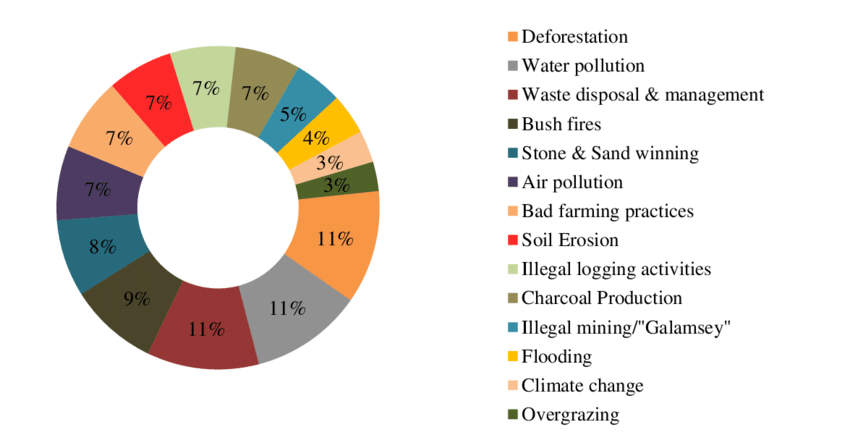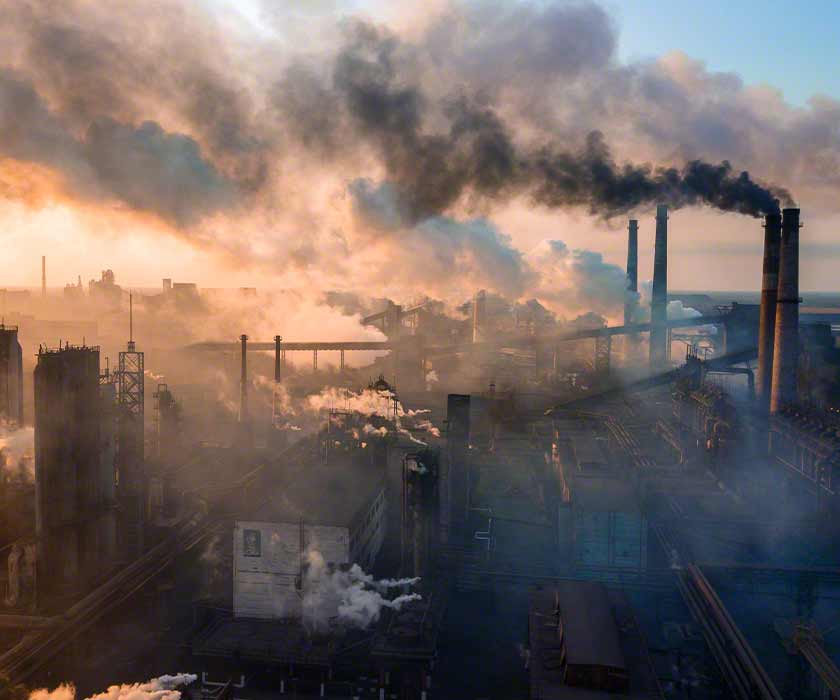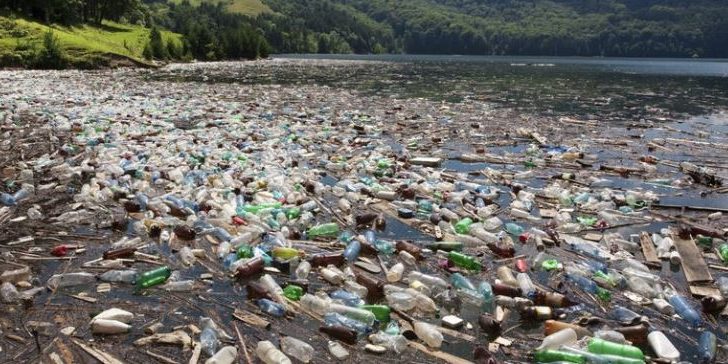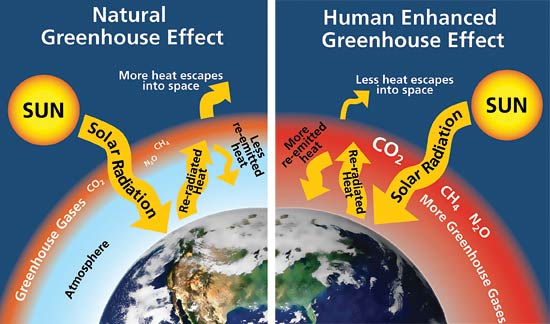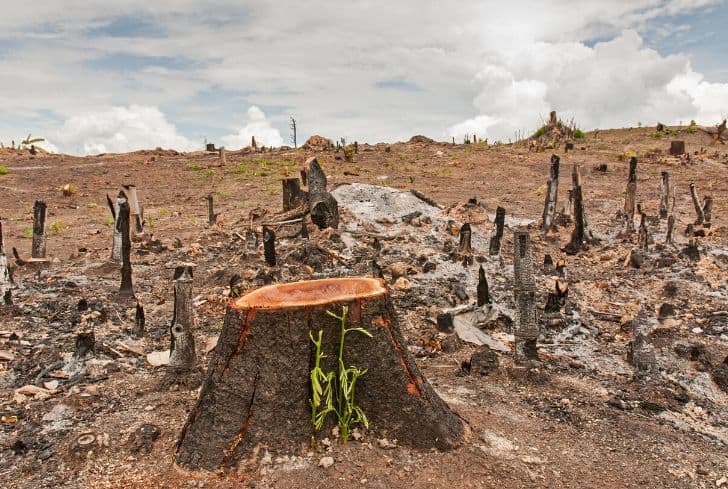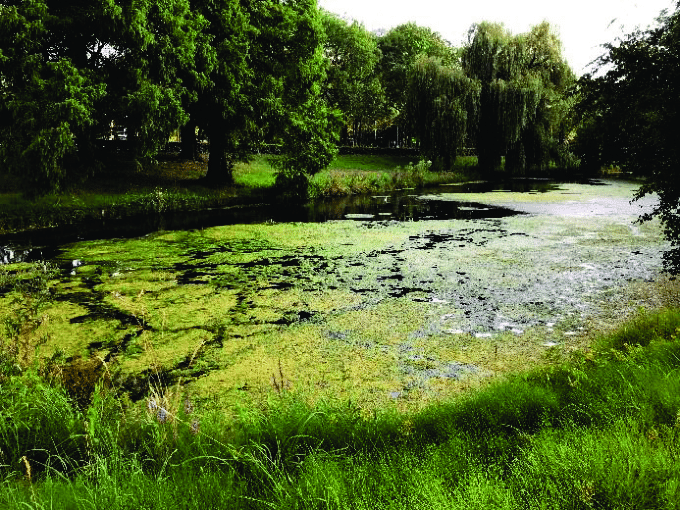CBSE Class 12 Biology Chapter 16 Revision Notes
Chapter 16: Environmental Issues
An increasing number of human populations has led to elevating issues such as increased industrial footprints and deforestation. These have exerted enormous pressure on our natural resources, contributing to the various environmental issues we face today.
What are environmental issues?
Environmental issues are the harmful effects caused by human activities. The destruction caused to the environment by humankind is a growing and ongoing problem. These have resulted in an imbalance with the planet’s systems. These majorly develop due to human interference and ill-treatment of our planet and all the vast resources.
Pollution
Pollution is defined as any undesirable change in the chemical, biological, and physical constituents of air, soil, water, noise levels, etc. The causes of pollution act like agents and are called pollutants. The various types of pollutions are as follows:
- Air Pollution: The presence of harmful and toxic substances present in the earth’s atmosphere.
-
Water Pollution: Contamination of water bodies where the body’s toxicity reaches harmful levels.
-
Noise Pollution: Uneven and harmful sounds that irritate the ear and harm our hearing efficiency.
-
Radioactive Pollution: Disposal of radioactive substances in a manner that affects the environment and surface soils.
-
Soil or Land Pollution: Degradation of the soil environments and the presence of harmful chemicals that alter the environment’s natural composition.
Global warming and Climate Change
Global Warming is referred to as the casual and gradual increase of the average temperature in the earth’s atmosphere. This phenomenon occurs due to the increase in the greenhouse gas levels of the atmosphere, which causes the prevention of heat from escaping into outer space.
This phenomenon keeps the earth warm and causes unwanted and undesirable effects like the melting of glaciers, flooding of rivers and lakes due to this, increased temperatures, other extremes such as droughts, floods, desertification, heatwaves, etc.
This serious issue is caused both naturally and with human effect and influence. Some of the main causes for this phenomenon are:
-
Deforestation
-
Factory farming
-
Vehicle emissions
-
Industrialization, etc.
Improper Waste Disposal
Wastes from offices, schools, universities, industries, factories, hospitals, etc. cause environmental concern, especially if they are not dumped properly in the appropriate disposal areas. These dump yards give birth to flies, rats, and other undesirable organisms. The fluids also seep through the soil and pollute underground and surface water sources. The other wastes to worry about are non-degradable plastics, glass, textiles, leather, etc. These wastes are either dumped in landfills or burnt, causing more harm.
Depletion of Natural Resources
For decades, resource depletion has been a problem because of the over-utilization of non-renewable resources such as fossil fuels, coal, metals, petroleum, etc. Continuing to do so will lead to depletion of these previous resources leaving nothing for the future generation.
Deforestation
Deforestation results from the destruction or cutting down of trees, forests for raw materials, and construction. This has added to other environmental problems such as global warming, soil erosion, depletion of natural resources, and biodiversity.
Ozone Depletion in the Stratosphere
Ozone present in the stratosphere helps guard our planet against the harmful UV Rays that are dangerous to living beings. Chlorofluorocarbons (CFCs) are the reasons for ozone layer depletion, which are toxic gases emitted from industries, various appliances, and factories.
Eutrophication
The enrichment of nutrients to very harmful levels, especially in stagnant water bodies, is known as Eutrophication. This generally happens when wastes from industries and sewage wastes are dumped into water bodies. This mechanism prevents natural light from reaching the organisms living in the hydrological ecosystem, causing their depletion and inability to survive.
It also increases algal blooms, toxic gases like nitrates, sulfur, phosphorous, etc. Along with the organisms within the ecosystems, it is also harmful to mankind dependent on these water resources, the neighborhood areas due to the bad odor and scum from these bodies.
Agrochemicals
In the wake of the green revolution, inorganic fertilizers and pesticides have increased manifold to enhance crop production. Pesticides, herbicides, fungicides, etc., are being increasingly used. These are also toxic to non-target organisms, important components of the soil ecosystem. We all know what increasing amounts of chemical fertilizers can do to aquatic ecosystems through the process of eutrophication. The current problems in agriculture are, therefore, extremely grave.
Radioactive Wastes
Initially, nuclear energy was hailed as a non-polluting way of generating electricity. But, it was realized that nuclear energy has two very serious problems. The first is accidental leakage, as occurred in the Three Mile Island and Chernobyl incidents, and the second is the safe disposal of radioactive wastes. Radiation given off by nuclear waste is extremely damaging to organisms because it causes mutations at a very high rate.
At high doses, nuclear radiation is lethal, but at lower doses, it creates various disorders, the most frequent of all being cancer. Therefore, nuclear waste is an extremely potent pollutant and must be dealt with utmost caution. It has been recommended that storage of nuclear waste, after sufficient pre-treatment, should be done in suitably shielded containers buried within the rocks, about 500 m deep below the earth’s surface. However, this method of disposal is meeting stiff opposition from the public.
What are the solutions to environmental issues?
Sustainability is the most important aspect to reduce and minimize environmental issues. Some of the solutions for these environmental issues are:
-
Recycling of wastes and proper and segmented disposal of waste materials.
-
Planting more trees in empty and deserted lands.
-
Use public transport as much as possible and reduce the usage of many vehicles on the roads.
-
Using reusable items and avoiding single-use plastics as much as possible.
-
Natural resources should be used at reasonable rates to be replenished back and limit the global warming scenario.
-
Practising organic farming, etc.
Sources
Environmental Issues. https://ncert.nic.in/textbook.php?lebo1=16-16. Accessed on 14 Dec, 2021.
]]>
